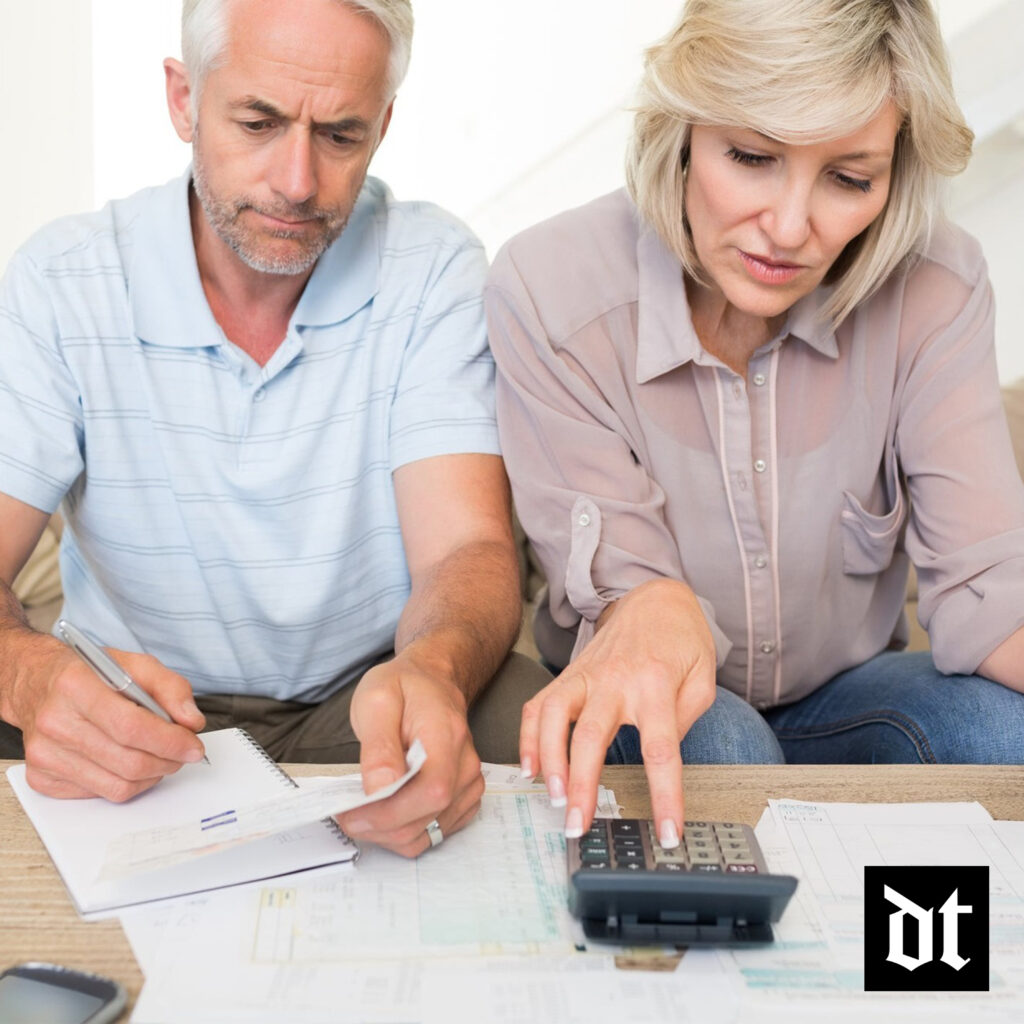
Want to get out of debt? Great! But first things first, you need a debt repayment plan. A strategic plan that sets you on the path of reducing your debt and ultimately clearing it. A debt repayment plan (DRP) is an invaluable and effective tool for your debt-free journey. But what happens when your well-devised debt repayment plan is not working? Yes, it happens. If your debt repayment plan is not taking you any closer to your goal, it is a clear sign that it is failing.
But why does a debt repayment plan fail? The why does not necessarily mean the plan was not done right because even the best-devised DRPs sometimes fail. In this piece, we will look at where DRP failures stem from and some pointers to employ when your debt is not working for you. By the end of it, you can address the problem of your DRP and get back on your journey to financial freedom.
5 Reasons Your Debt Repayment Plan Is Not Working
Debt repayment plans continue working. There is always a reason or a couple of reasons why your debt repayment plan is failing; you need to uncover it to fix it. The following are reasons why your debt repayment plan is failing.
1. Lack Savings Account
Lack of savings puts your debt repayment plan in jeopardy. Putting in mind emergencies arise, a lack of savings puts you in a financially vulnerable spot. Without savings set aside to cater to them, you may be forced to dip in finances set aside to make debt repayments. Disrupting your debt payments may throw your entire plan off course and leave you right where you started.
2. Unrealistic Budget

We get it; you are under a lot of pressure to clear your debt, and some measures may be necessary to put spending in check. Just remember to be realistic. To cut back on spending, you might set a strict budget that will only create havoc in the debt-elimination process. Struggling to stick to a rigid budget may force you to take out more debt which will only interfere with the debt repayment plan.
3. Missed/Late Payments
The number one rule of having a debt repayment plan is following it, which includes making on-time payments. Whenever you miss a payment or delay disbursement, the debt attracts penalties, adding to the debt burden. These unexpected expenses are not part of your debt repayment plan and could have consequences.
4. Taking Out Credit

In your attempt to clear your debt, the worst thing to do is take out another credit and here is why. When you continue borrowing, you create an imbalance in your budget, which results in an inaccurate calculation of your spending. Working with an incorrect budget, in turn, only makes an inaccurate debt payment plan.
5. Leaving Out Debts
They call it a debt repayment plan for a reason, and that is catering to all your debt. Among the things you need to do when devising a debt repayment plan is list all your debts. Leaving out a debt or two removes resources from the other obligations, defeating the plan’s purpose. To avoid this, you can access all your debts beforehand on your credit card report at AnnualCreditReport.com.
5 Strategies To Stick With Your Debt Repayment Plan
Now that you know why debt repayments fail, you can pinpoint where yours is lacking. The next thing to do is try to get on track. The following strategies will help you stay on course with your debt repayment plan.
1. Make It Realistic
An unrealistic debt repayment plan can be hard to stick with. If you have overestimated the amount to be paid or the time it takes to clear the debt, it may be time to revisit the DRP. Adjust the plan to align with your finances. Take a close look at your income and expenses and calculate how much you can contribute to each debt. A debt calculator can come in handy to estimate how long it will take to pay off your debt.
2. Work With Cash

Access to your credit card can tempt you to take out debt, so limit your spending to cash only. Focus on living within your means and create a budget that you can stick with. For purchases, pay cash and if something is beyond your budget, save up to purchase it. If you find it hard not to use credit cards, lock them away temporarily to stop using them until you have made progress with your settling the debts.
3. Hold Yourself Accountable
Staying to your debt repayment plan takes financial strength, but holding yourself accountable is just as important. Find a friend or family member with whom you can share your plan; it will help you remain accountable. This can be your support group and people who remind you to stay accountable to plan. Social media is also helpful; hop on Instagram, search #debtjourney and join the conversation.
4. Remember Your ‘Why’
Losing your way through your debt-free journey is more common than most people think. However, the secret is to remember why you are doing this. To build up your savings? To attain your financial freedom? Your ‘why’ will motivate you to stay the course even when you feel discouraged. Make a list of your ‘whys’ and refer to them whenever you feel unmotivated.
5. Conduct Regular Reviews

Like any financial goal, tracking your debt repayment process is essential. What progress have you made so far? Which areas in your plan need readjustment? Regular checks on the progress keep you on top of the DRP.
The Bottom Line
There is a lot of hype surrounding creating the right debt repayment plan, but the hard work comes during implementation. Failing to stick to your plan can derail your entire debt-free journey, but fortunately, with this guide, you can change that. Once you identify why your DRP is and know how to rectify the problem will help you stay ahead of your financial goal.
